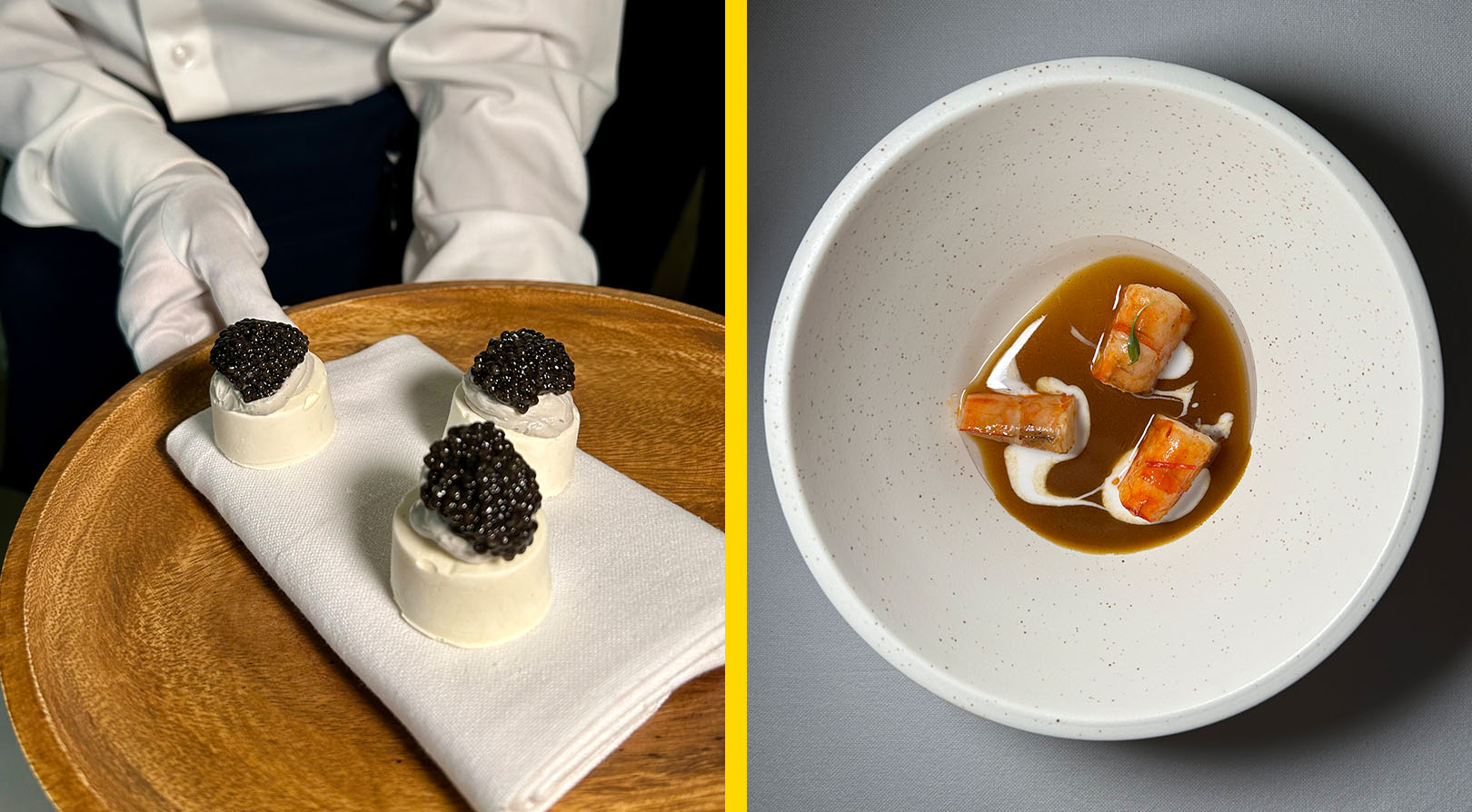Salt has become just as important an ingredient in desserts as sugar.
Besides giving contrast to the overall sweetness of confectioneries without clobbering them, salt actually helps enhance and bring out more of the flavor of the dessert. Even only a scant amount makes a whole lot of difference. It helps expose and brighten nuanced flavors in baked goods—the nuttiness of different whole grain flours, the richness of dark chocolate and sweeteners, the depth of flavor in fruits and spices. Baking requires a very precise set of measurements, and salt is part of that chemistry, helping to round out the taste and make desserts three-dimensional. In addition, these crystals dissolve quickly and evenly in cookie doughs, tarts, pie crusts, and caramels, providing that salty balance without the rugged texture.
Every baking recipe I have ever worked with requires at least a pinch of salt. Even though it’s only a pinch, don’t forget to add it and make sure it is the exact measurement (not just an eyeballed amount) because not enough salt leaves desserts flat and too much leaves them, well, unintentionally salty.
https://www.instagram.com/p/CP5TF3CHQKR/
Personally, I love using sea salt flakes like Maldon salt for its light, crunchy texture and delicate pyramid shape. It works well with assertive flavors and textures as well as provides the ideal finishing touch on cookies, ice cream, and apple pie. Plus, its grains are crunchy but don’t dissolve as quickly. So, which type of salt to use? As with all of the ingredients I bake with, I believe in using unrefined, whole food ingredients as much as possible. Naturally, I keep sea salt in my pantry.
I recommend it over refined table salt or kosher salt for several reasons. Sea salt, obtained by the evaporation of seawater and usually produced in warm and dry climates such as the Mediterranean or the Himalayas, contains all of the natural micronutrients found in seawater. It contains minerals such as iodine, magnesium, calcium, potassium, and bromide. You don’t get these additional minerals with table salt because they have been stripped away by high-heat processing. Table salt is highly refined, and what is left is almost pure sodium chloride.
For your next dessert, try using sea salt to taste the difference. If a recipe simply calls for salt, it usually refers to kosher salt. If you want to use sea salt instead, follow the formula below and adjust the measurements accordingly. Since sea salt is denser than kosher salt, it weighs twice as much as an equal measurement of it. Food scientists use this formula to approximate substitutes: a tab of sea salt = 1 1/2 tablespoons Morton kosher salt = two tablespoons of Diamond Crystal kosher salt. The bonus with sea salt is that you use less.














































